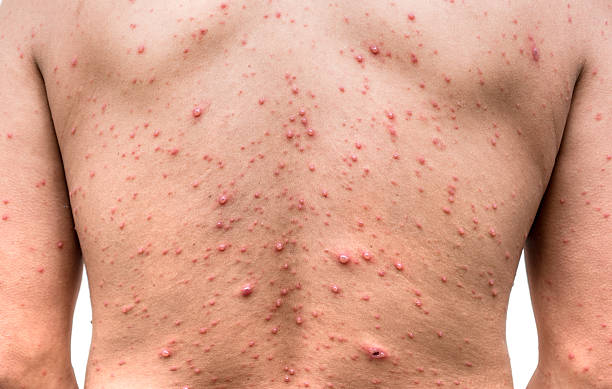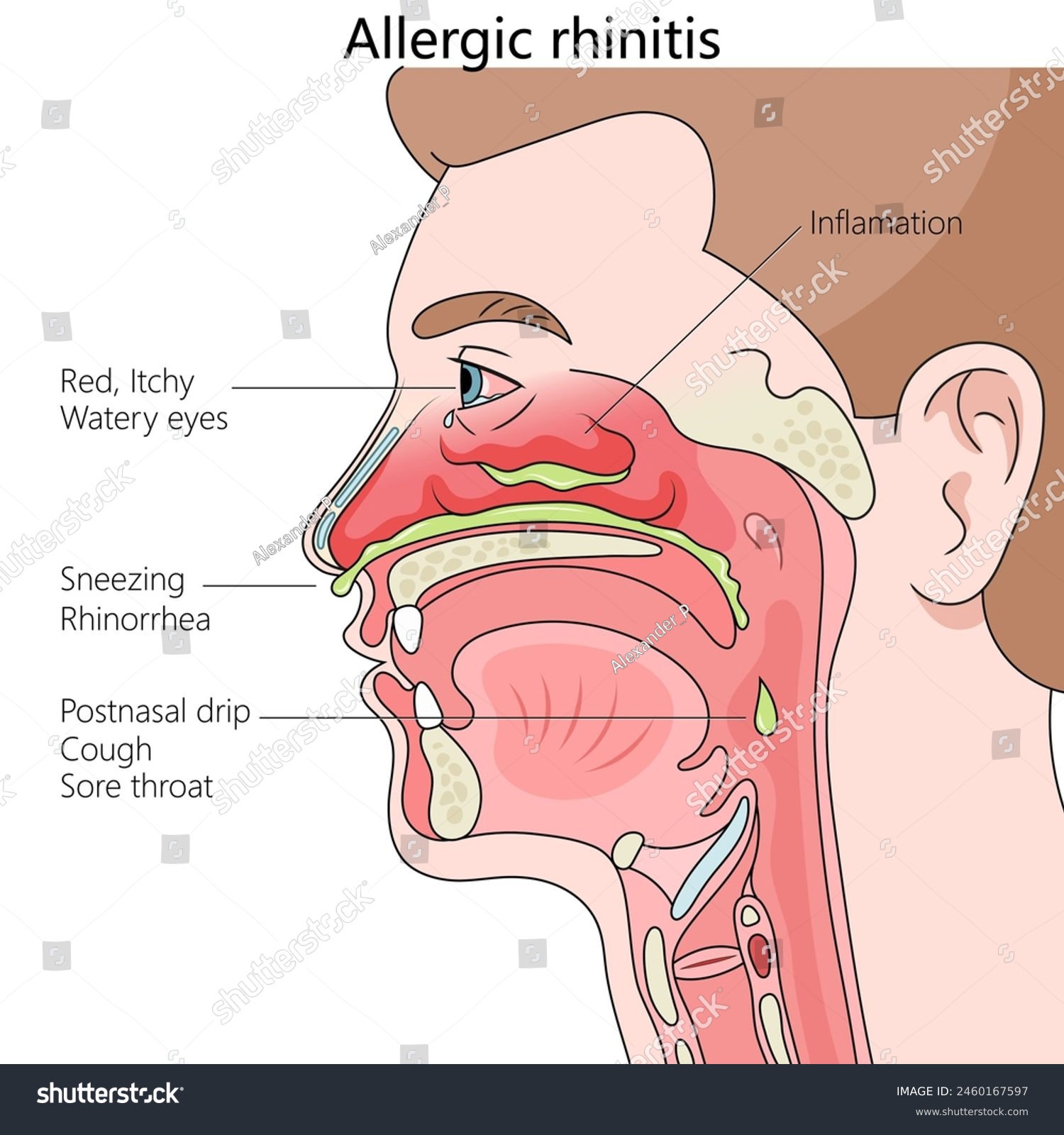INTRODUCTION
Health is wealth—a simple yet profound truth. One sickness can drain a
lifetime of savings, leaving individuals and families in distress. While modern
medicine has made remarkable strides in diagnosing and treating diseases, many
health conditions continue to defy medical solutions, pushing us to explore
alternative approaches.
Natural remedies have been a cornerstone of healing for centuries, long before
the advent of modern pharmaceuticals. Across cultures and civilizations, people
have relied on nature’s gifts—herbs, roots, fruits, and holistic practices—to
restore health and vitality.
Natural Remedies For Chickenpox
Chickenpox is a highly contagious viral infection caused by the
varicella-zoster virus. It usually resolves on its own within 1–2 weeks,
but the symptoms, especially itching, can be uncomfortable. While
medical consultation is crucial, especially for children, adults, or
immunocompromised individuals, the following natural remedies can
help ease symptoms and support healing.
1. Oatmeal Bath
How it works: Oatmeal’s anti-inflammatory compounds soothe itchy,
irritated skin.
Preparation and usage:
Grind one cup of plain oats into a fine powder using a blender or food
processor.
Add the powder to lukewarm bathwater.
Soak in the bath for 15–20 minutes. Gently pat the skin dry with a
towel.
Frequency: Use as needed for symptom relief.
2. Baking Soda Paste
How it works: Baking soda helps neutralize skin pH, reduce itching,
and prevent infection.
Preparation and usage:
Mix 2–3 tablespoons of baking soda with water to create a thick paste.
Apply to itchy spots and leave on for 10–15 minutes.
Rinse with cool water and repeat as necessary.
Tip: Avoid excessive use, which can dry the skin.
3. Neem Leaves (Azadirachta indica)
How it works: Neem is known for its antimicrobial, antiviral, and anti-
inflammatory effects.
Preparation and usage:
Boil a handful of fresh neem leaves in water. Let the infusion cool.
Use the water to rinse the skin or as a bath additive.
Alternatively, crush neem leaves into a paste and apply topically.
Frequency: Once or twice daily, depending on severity.
4. Honey
How it works: Honey creates a protective layer on the skin, reducing
itchiness and the risk of bacterial infection.
Preparation and usage:
Apply a thin layer of raw honey directly onto the blisters.
Let sit for 15–20 minutes, then rinse with lukewarm water.
Use clean hands or a sterilized applicator for hygiene.
Note: Avoid if allergic to pollen or bee products.
5. Lavender Oil
How it works: Lavender oil’s anti-inflammatory and calming
properties relieve discomfort.
Preparation and usage:
Mix 2–3 drops of lavender essential oil with a tablespoon of carrier
oil (e.g., coconut, olive, or almond oil).
Apply to the skin using a cotton ball, avoiding open wounds.
Use up to 3 times daily.
Warning: Essential oils must always be diluted before use.
6. Aloe Vera Gel
How it works: Aloe vera cools inflamed skin and supports tissue
regeneration.
Preparation and usage:
Extract fresh gel from a clean aloe vera leaf or use pure, store-bought
aloe vera gel.
Apply directly to itchy or blistered areas and let it air-dry.
Reapply as needed, especially after baths.
Where to find: Aloe vera plants are common in home gardens;
commercial gels are sold in pharmacies.
7. Cold Compress
How it works: Cold compresses reduce localized inflammation and
itching.
Preparation and usage:
Wrap a few ice cubes in a soft, clean towel.
Gently press the compress against itchy areas for 5–10 minutes.
Avoid direct contact with ice to prevent skin damage.
Frequency: Use several times a day for quick relief.
Additional Care Tips
Keep fingernails short to prevent scratching and infection.
Wear loose, breathable cotton clothing.
Stay hydrated with water and soothing fluids.
Avoid exposure to heat and sweat, which can intensify itching.
Key Consideration
Natural remedies offer comfort during chickenpox, but they do not
replace medical care. Children, pregnant individuals, or those with
weakened immune systems should always consult a doctor. If
symptoms worsen or complications like secondary infections occur,
seek prompt medical attention. Most of the above remedies are
available in your kitchen, garden, or local stores, including pharmacies
and health food shops.



